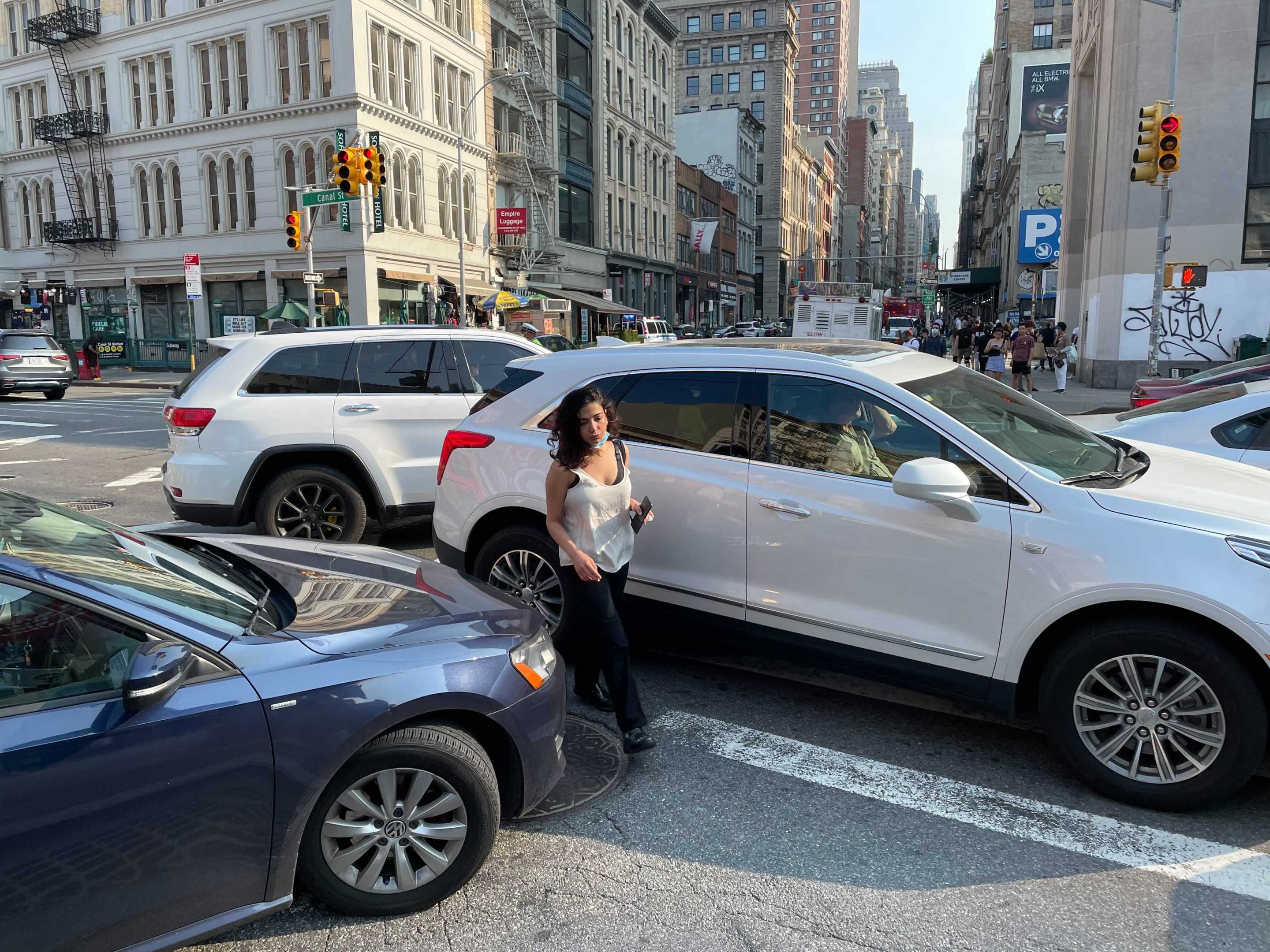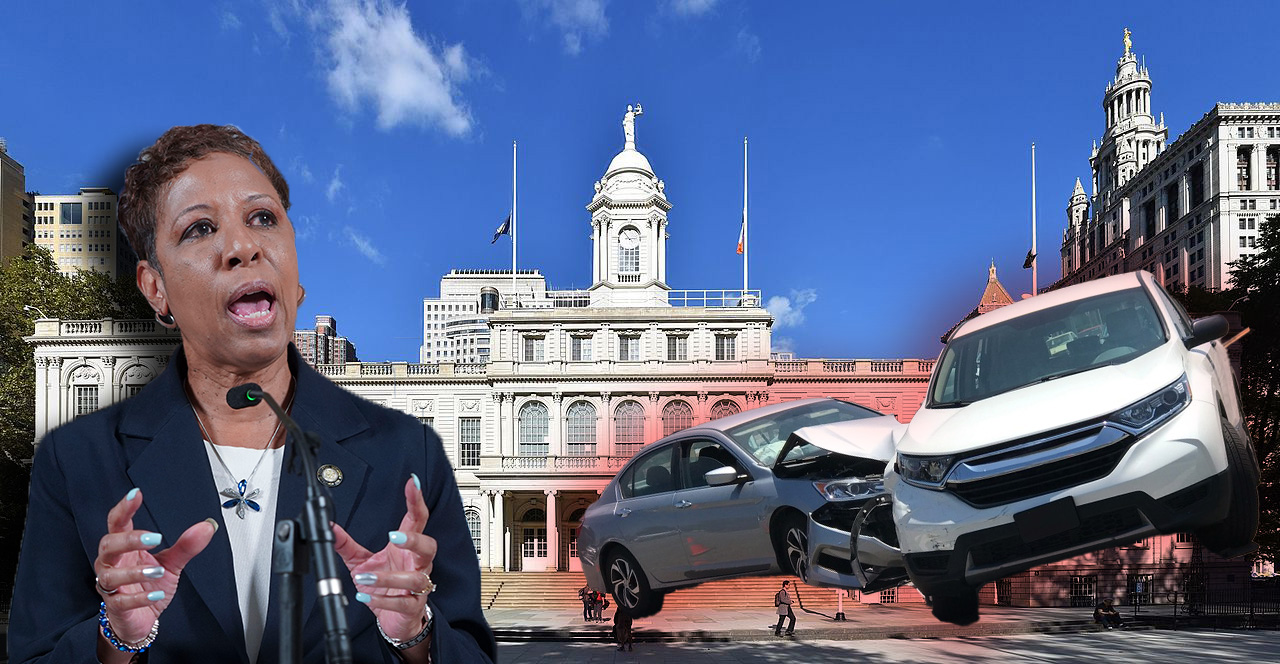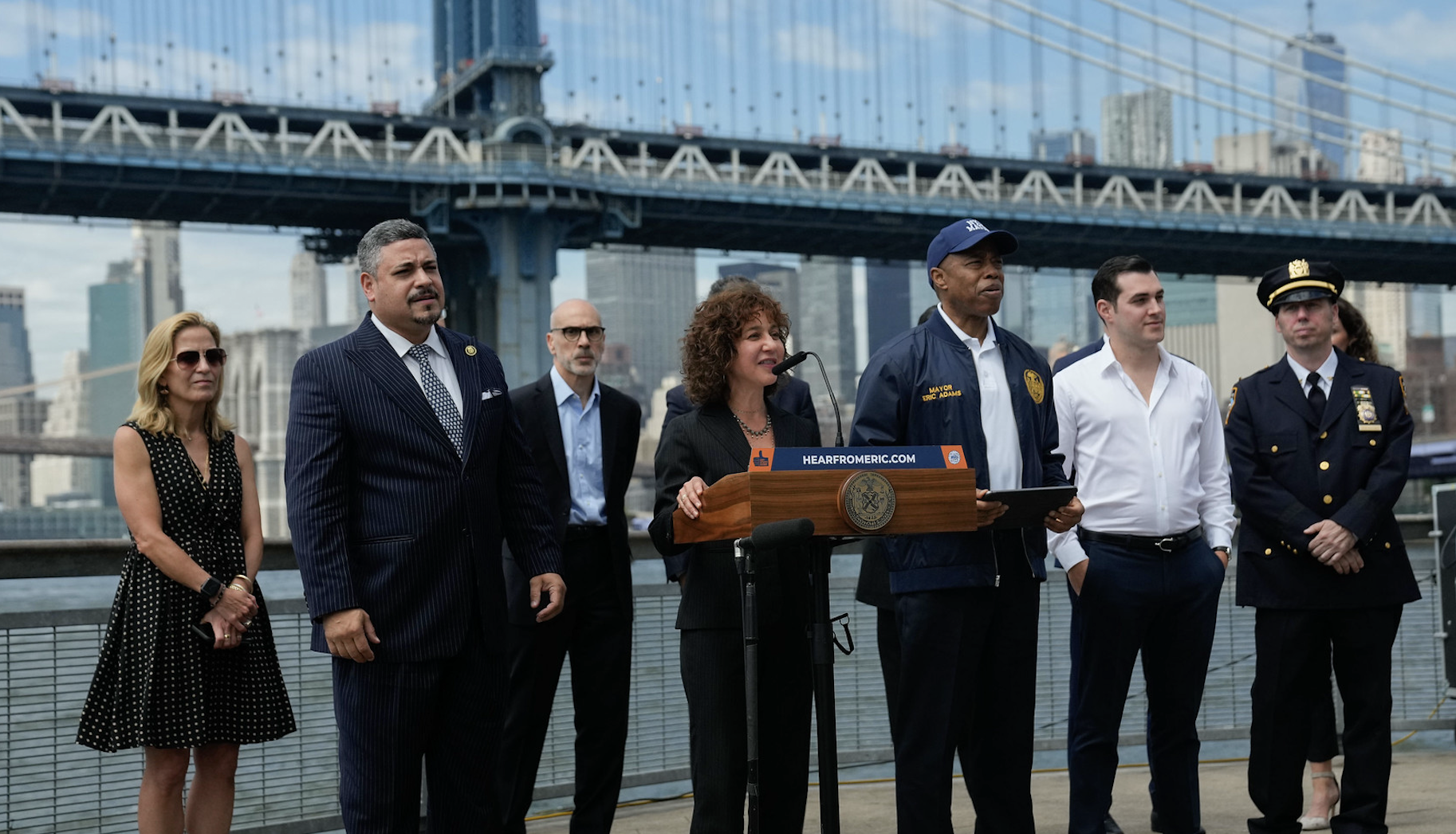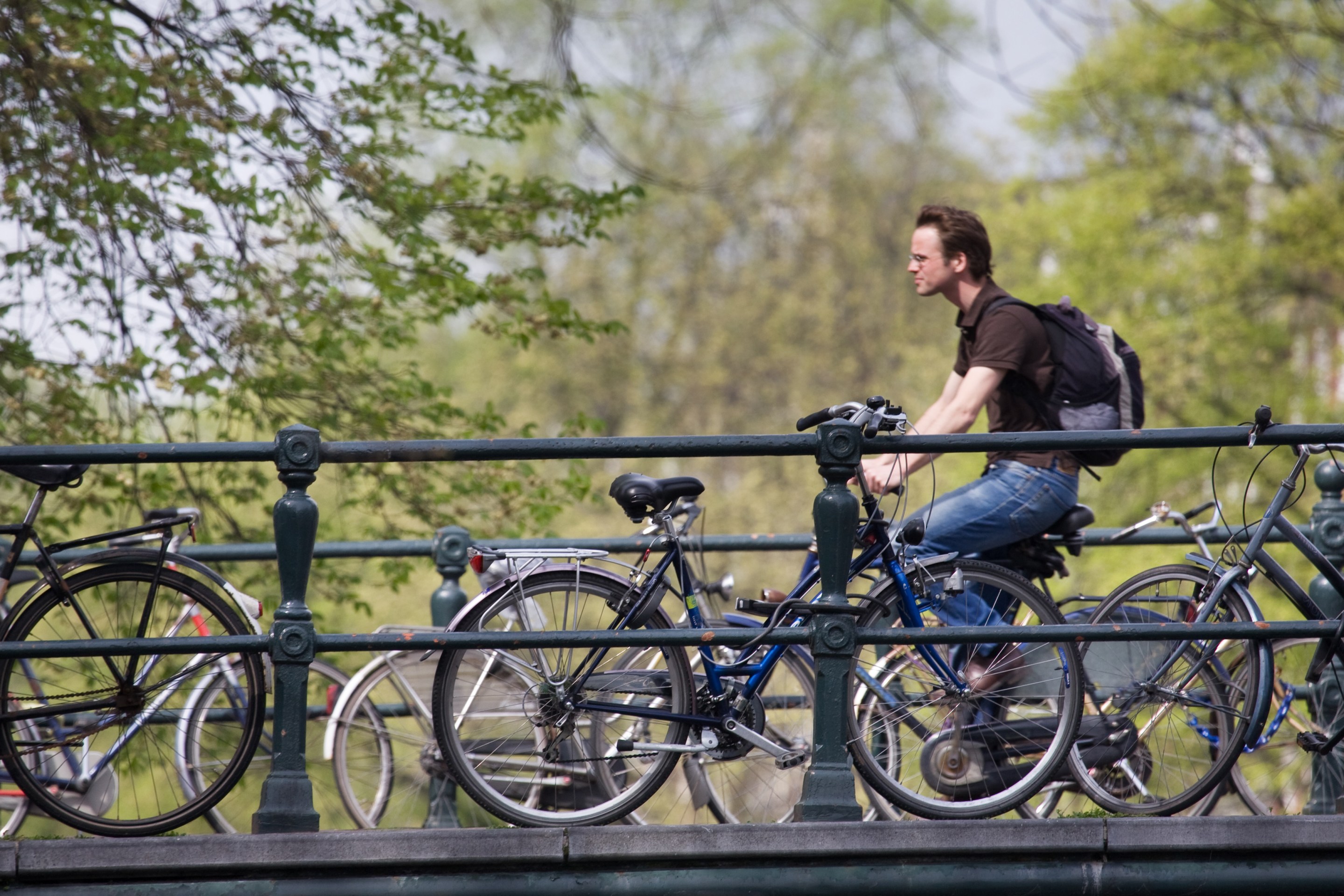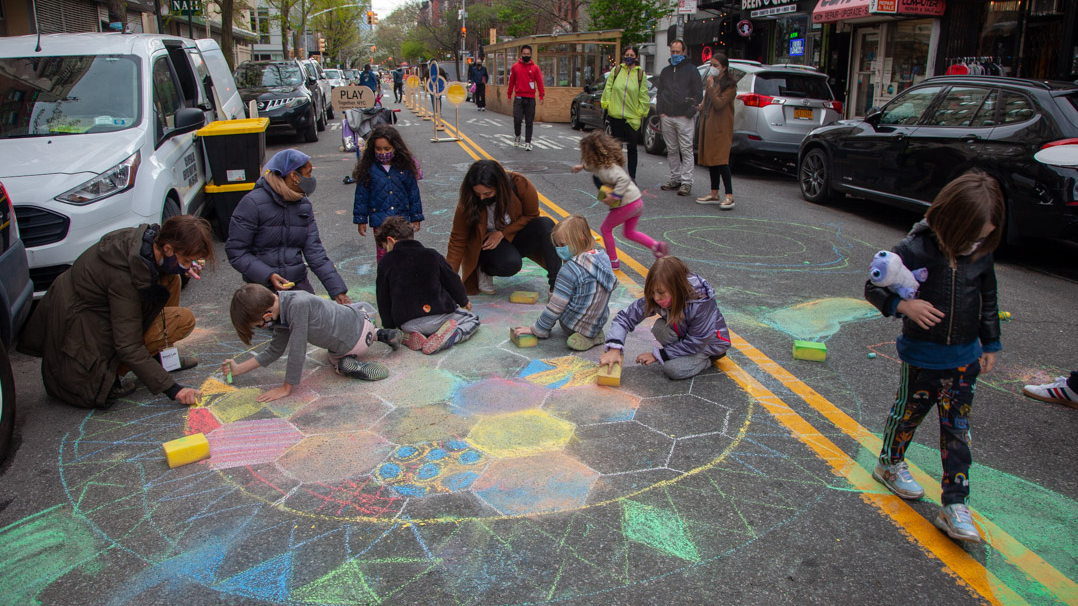Uber, a company that ostensibly supports congestion pricing, sure has a funny way of showing it.
Last week, the world's largest ride-hailing company sent a notice to its New York City-area customers, asking them to "say no to increased fares" and suggested that congestion pricing might mean "you could pay more than $30—in just taxes and fees." (The MTA has suggested no such $30 tolling scheme.)
This week, Uber sent another pointed missive to its customers about congestion pricing, citing tolling proposals as high as $23, and playing up the unfairness of charging New Yorkers who live in "transit deserts" to commute into Manhattan below 60th Street while giving cars making trips within the zone a pass.
"Uber has been supportive of congestion pricing, but there is a better and fairer way to reduce congestion," Uber says, sounding an awful lot like our friends from New Jersey who oppose any kind of toll that charges vehicles to enter the most densely populated place in North America.
— Michael Gold (@migold) September 1, 2022
The company has also been plastering its invoices with similar messaging.
Ugly to see @Uber lobbying against the Manhattan congestion charge with misleading information. pic.twitter.com/uYLi92YK2N
— Guillaume Rischard (@grischard) September 1, 2022
First, about those $23 dollar tolls: they would only apply to for-hire-vehicles in two of the MTA's proposed congestion pricing scenarios during peak hours, and in both of those situations, the tolls on FHVs would be capped after they traveled to the congestion zone three times (Scenario E) or one time (Scenario F). Other schemes the MTA put forward in its environmental assessment would charge FHVs between $9 and $19 for peak time travel.
Second, the conversation around FHVs and taxis and congestion pricing is complex. Before the pandemic, FHVs and taxis accounted for half of the miles driven in Manhattan below 60th Street. There are more FHVs than taxis, and all of their riders started paying a congestion surcharge in 2019 that nets the MTA nearly $400 million every year.
In other words, these issues are complicated and nuanced, not words that come to mind when reading this lobbying email from Uber, which is a member of the Congestion Pricing Now coalition.
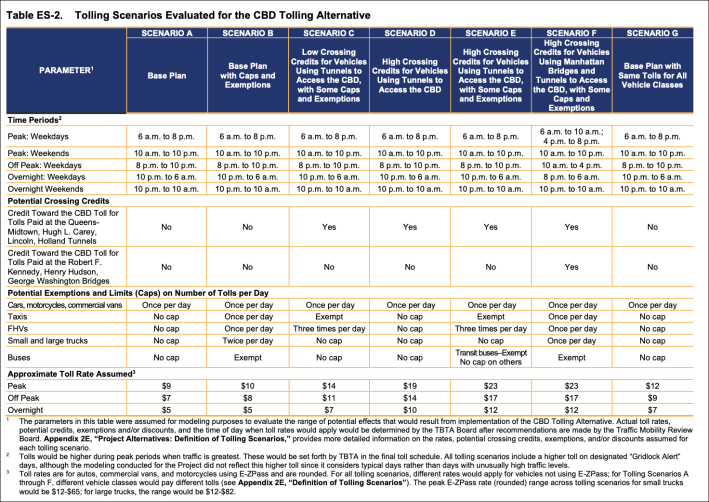
On Twitter, Josh Gold, the senior director of public policy and communications at Uber, defended the note, said Uber was still a member of Congestion Pricing Now, and pointed out that the company could have specifically asked for FHVs to be exempt altogether, which is something the Citizens Budget Commission has floated.
Yet it is the vagueness of Uber's email — and its accompanying form letter to the MTA for its customers which does not ask for anything specific at all — that creates the perception that the company is trying to torpedo or delay congestion pricing altogether.
After all, congestion pricing is the law, and these MTA hearings are supposed to be to collect tangible feedback on the tolling scenarios they have presented, not sweeping gripes about the "fairness" of a congestion pricing scheme.
"We were trying to be as nuanced as we could in an email to hundreds of thousands of users," Gold told Streetsblog in a phone call.
Streetsblog asked Uber if it had any data they could share on how many New Yorkers take FHVs from transit deserts into Manhattan below 60th Street during peak hours, but it demurred.
"Congestion Pricing Now and its members strongly support the swift implementation of congestion pricing," Marissa Coscia, a spokesperson for the group wrote to us, when we asked them to comment directly on Uber's campaign. "The city is strangled by increasing traffic congestion and in dire need of cleaner air quality and funding for a more efficient and equitable public transit system.”
